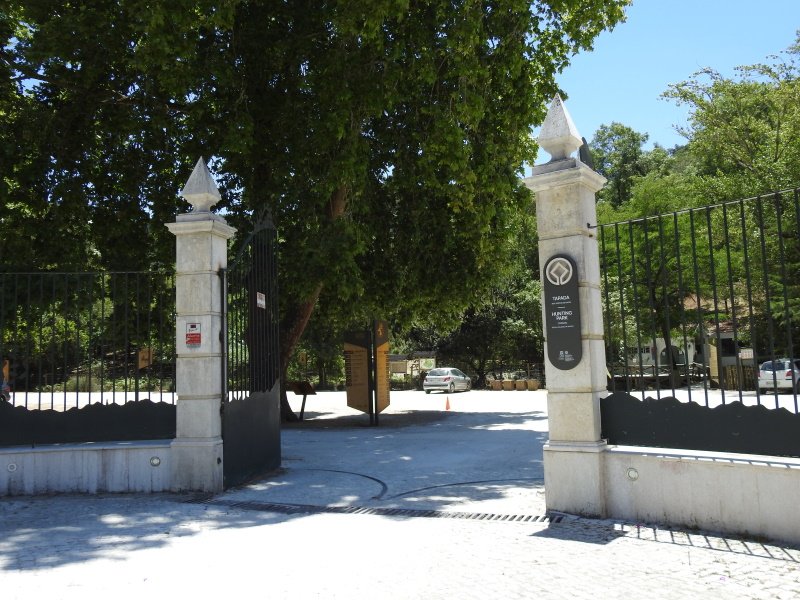Els Slots
WHS #733: Mafra
Mafra Palace, Convent and Royal Hunting Park became my first ‘new’ WHS post-Covid! I had planned to go and pick up the 2 recently inscribed Portuguese WHS in April already, but had to cancel at the time. After things started opening up again within the EU, this trip quickly got back to the top of my list as Portugal was welcoming tourists with open arms. I wouldn’t normally visit Portugal in mid-summer (it was 36 degrees Celsius!), but the good feeling of being able to travel again overcame any disadvantages.

Mafra hasn’t received the best of reviews, “another run of the mill Baroque palace/monastery” sums it up I guess. All previous reviewers ‘only’ visited the Palace, so I planned to focus on the Tapada: the hunting park. I just did a photo stop at the palace, which seems way too big for its surroundings. There’s a convenient large, free parking next to it and I also enjoyed a 1.60 EUR fish soup for lunch at a bakery in the street across.
The Mafra WHS comprises only 1 location (it’s a large area), but still the entrance to the Tapada lies 7 km away from the Palace. I drove there in my rental car, via narrow and winding roads. It is signposted well, also with UNESCO signs. At the entrance I found out that, as an anti-Covid measure, visits to the park have to be pre-booked via their website. Fortunately I could do that via my phone and was able to secure a spot for the next time slot. They only let 10 people in every 30 minutes, but there were far less visitors than that on the Friday afternoon when I was there.

The Tapada de Mafra is an enclosed area that was created to bring self-sufficiency to Mafra, not only by hunting. It had water reserves, farming livestock, orchards, vegetable gardens and woodland for timber and firewood. It is now mostly a recreational area: there are four signposted walking trails, a mountain bike route and a falconry show. The helpful information centre at the entrance also has toilets and (in normal times) a cafetaria, of which now only the vending machines were accessible.
I choose the Blue walking trail, the shortest at 4.5km. It only goes to the central area of the park, while the other routes also reach the fringes and are a better bet to see animals (I hesitate to call it wildlife). Nevertheless I encountered a number of deer along my route, they seemed to have succumbed to the heat and were just resting in the shade. It’s a pleasant walk, with interesting tree formations to look at. It loops around the center where there is a rather modest royal hunting pavillion and stables for the horses of the guests. You’ll also pass a lime kiln and a row of hunting shelters: small bunkers from where they used to shoot the game.

While visiting WHS one unwillingly becomes some kind of a hunting expert. The list contains no less than 15 hunting lodges. The Tapada de Mafra is more similar to the Store Dyrehave component of the Danish Par force hunting landscape than to more opulent country houses such as the Palazzina di Stupinigi in Turin or Falkenlust in Brühl. Unfortunately its contemporary use as a recreational area does make it feel more like a theme park than a historically accurate preserved cultural landscape.
More on
Els SlotsComments
No comments yet.
